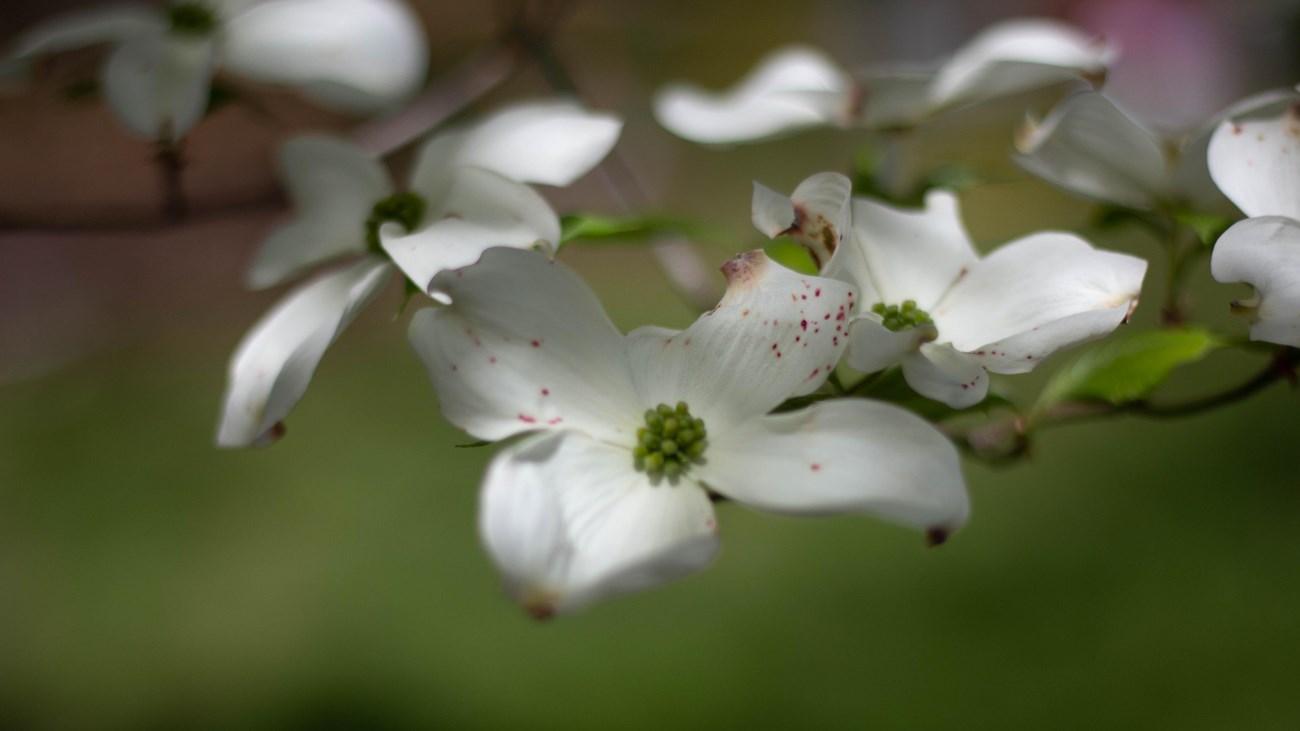|
National parks protect many of our nation’s greatest natural landscapes. And it’s our mission to conserve these treasured places unimpaired for future generations. But to meet that mission, we need a deeper understanding of what we are conserving. What plants, wildlife, and geologic features do our parks contain? Which ones are doing well, and which are threatened or impaired? Why? Scientists help us achieve that understanding. They specialize in fields like biology, botany, ecology, geology, hydrology, and paleontology. Their studies help park managers make evidence-based decisions about how to protect our parks. The park is located in the Eastern Great Lakes and Hudson Lowlands ecoregion, and has a broad array of natural resources. Both the Home of Franklin D. Roosevelt and Vanderbilt Mansion border on the Hudson River, a brackish-water estuary until the dam at Troy, New York, 75 miles to the north. The presence of the river brings a marine influence far inland, resulting in unique plant communities and animal species otherwise uncommon to the region. The lands are primarily forested and include many wetlands. A 25-acre tidal marsh lies between the Home of Franklin D. Roosevelt and the Hudson River, and a dam built by the Roosevelt family in 1925 across the Fall-Kill Creek created an extensive wetlands complex at Eleanor Roosevelt. Park units contain approximately four miles of streams; 14 acres of permanent ponds; 40 acres of non-tidal wetlands; numerous unmapped vernal pools and intermittent streams; mature second-growth hardwood forests; numerous rock outcrops; a sphagnum swamp; and a wet sedge meadow. Significant threats from exotic species, especially Japanese barberry, Japanese knotweed, and garlic mustard, are affecting the natural and cultural landscapes. Inventory studies involve collecting data in a given area over a set period of time. While they can help us understand how a park resource is faring, they're not designed to detect change over time. That is where monitoring comes in. To learn more about our monitoring programs and baseline inventories, visit the Northeast Temperate Inventory & Monitoring Network. 
Our Science
Our inventory and monitoring data is available from the Northeast Temperate Inventory & Monitoring Network. |
Last updated: June 5, 2023
